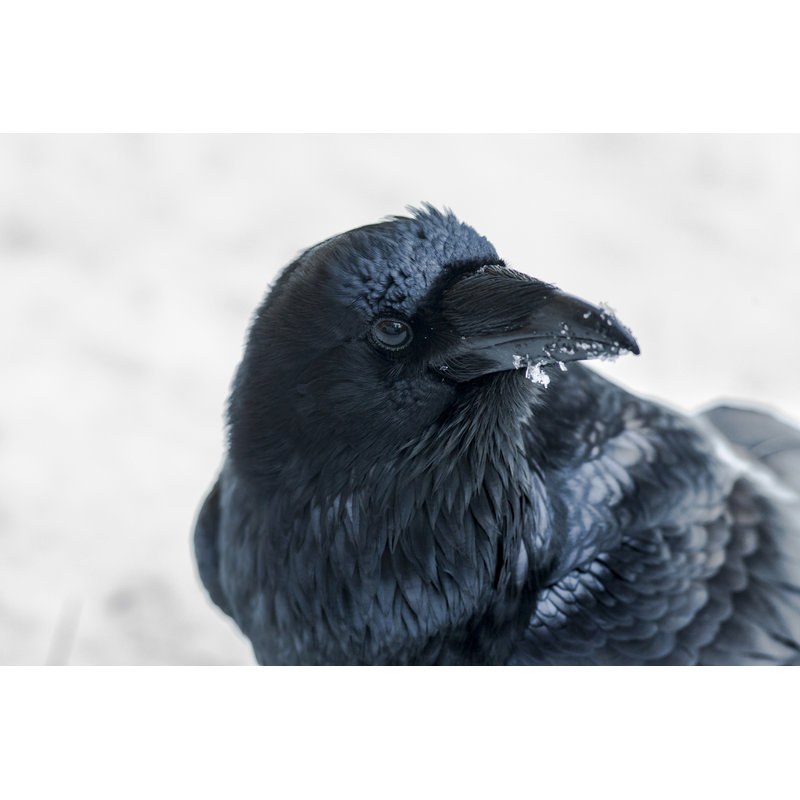
Understanding animal consciousness
In 2012, a group of neuroscientists took advantage of a conference at Cambridge University to write declaration of conscience. The signatories claim that humans are not the only ones who realize. Moreover, according to the new WorldSeveral studies show that non-human primates, cetaceans, crows, and some invertebrates (bees, spiders, and cephalopods) exhibit some form of consciousness.
However, the animals’ inability to express how they feel complicates matters when it comes time to study this phenomenon. To get there, scientists need to synthesize findings from different disciplines such as neuroscience, developmental biology, psychology, animal welfare sciences, and even philosophy.
Conscience and animals
philosopher Jonathan Burch Furthermore, it seeks to define what consciousness is and how it is expressed in living organisms. It presents five criteria that characterize it: the richness of sensory perception, the ability to distinguish between negative and positive sensations, the ability to integrate many sensory information into a single situation, the perception of time and the recognition of being an individual distinct from his environment. .
Some animals have a high level of awareness for some of these aspects and a lower level for others. For example, crows have a strong awareness of time and individuality, as evidenced by their habit of stockpiling food for the future and their strategies to deceive their competitors. On the other hand, octopuses have highly developed senses and also recognize pleasant sensations because they love to play.
awareness and development
Finding the origin of consciousness in living organisms is his challenge Simona Ginsberg and Eva JablonkaTwo Israeli scholars. According to them, the answer may lie in learning by association.
In fact, this type of learning differs from simple conditioning because it is based on the ability to form connections between different information captured at different times in the environment. Then it allows the individual to adapt his behaviour. This form of learning requires complex neural mechanisms and is therefore compatible with consciousness.
Since associative learning has been observed in several species of vertebrates, including mammals and birds, this means that consciousness first appeared in their common ancestor about 530 million years ago. Consciousness can also develop in parallel in arthropods and cephalopods, according to Jonathan Burch.
The emergence of consciousness would be an evolutionary advantage because it makes it possible to better interact with the changing environment rather than relying solely on reactions. For example, predators become more efficient at spotting prey, and then the latter develops better camouflaging capabilities, prompting predators to innovate more. Scientists believe that consciousness has stimulated biodiversity.
Image credits: © cameras | Dreamstime.com

“Organizer. Social media geek. General communicator. Bacon scholar. Proud pop culture trailblazer.”
